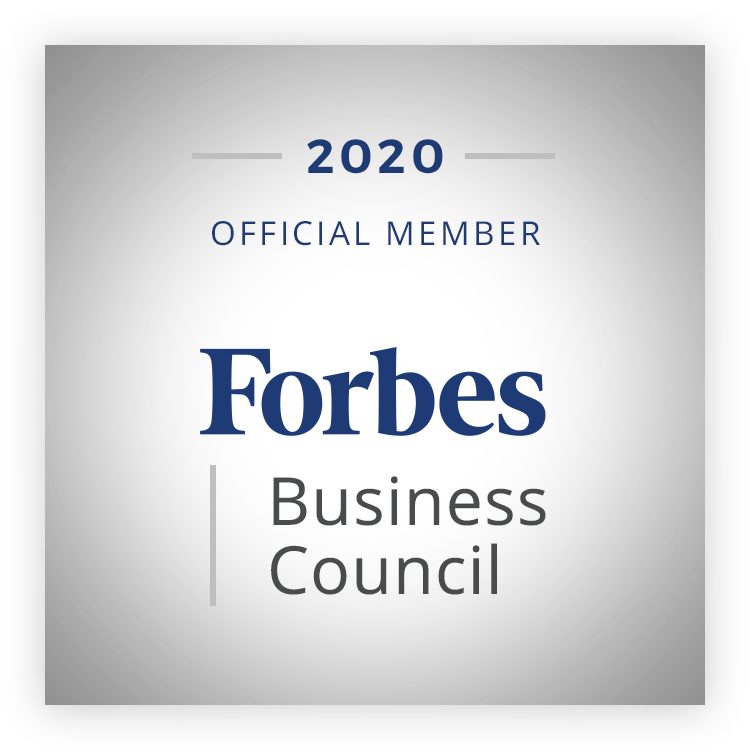There can be no doubt about one thing: we are on the brink of transformation, as a society. After the horrifying events in the last few months, there is no “going back” to the way things used to be.
What does this all mean for our organizations?
I believe it all ties together to point to one, major need and deficiency in most of our workplaces: agility.
Organizational agility, of course, goes way beyond software development. It is an altogether new culture and operating model for organizations. I define organizational agility as the following:
1. Responsiveness — The ability to change and adapt quickly to rapidly changing market conditions and requirements – reprioritizing initiatives and budgets and aligning quickly on new strategies.
2. Autonomy — The ability for employees to have the empowerment and the skills to self-organize – to work remotely if needed, to design their own roles and objectives, to be empowered to make decisions without excessive red tape.
3. Inclusion — Fostering a systems perspective by including diverse perspectives and viewpoints. Dissolving siloes and strict hierarchies, allowing for true cross-functional and cross-level collaboration and feedback systems
Most organizations are not agile, if we define agility as above — even when they might think they are, because they are “doing the motions.” True agility is much more than the “what”: daily standups, retrospectives, etc. It is the “how.”
How the organization is designed and structured. How leadership communicates priorities across and aligns the organization. How training and skills are delivered and enforced. How change is managed. How meetings are conducted. How feedback is collected and incorporated. How tools are used.
Agility Comes Down to Leadership and Culture
Leaders shape a company’s culture by shaping these “hows”. And if leaders don’t get it right, the business will unfortunately lag behind when it comes to agility.
And that ultimately means lagging behind in value and ROI: sacrificing employee engagement, operational efficiency, and customer/stakeholder satisfaction.
Most companies have been “getting by” with the status quo and might continue to “get by” for a little while. But who wants to work for an organization that just gets by?
Customers and employees are changing and demanding more from their leaders and organizations. This trend will continue and become more and more pronounced as we usher in the “new normal” of work and continue to incorporate AI into our workplaces.
The Business Case for Diversity and Inclusion at this Moment
How does D&I tie into all this?
Teams cannot thrive with too much homogeneity; they need people with different skill sets and experiences: A 2018 McKinsey study showed that employees are 30% more likely to feel innovative in a diverse and inclusive workplace, allowing them to solve problems faster. An interesting 2017 study by Cloverpop showed that diverse and inclusive teams made decisions 2X faster with 1/2 the meetings and delivered 60% better results.
So when we think of diversity, we cannot only think about external traits like race, gender, ethnicity, and sexual identity – things that are good “boxes to check” and the “right thing to do.” We must think about the unique experiences tied to external traits, and how they contribute to a team’s collective ability to innovate and solve problems. These external traits point to internal differences in work styles, thought processes, and experiences – all GOOD THINGS for an organization going through difficult and unprecedented change. During these complex, fast-paced times, optimized teams require this diversity in point of view.
It’s HR’s Time to Shine
The responsibility of HR in driving this organizational agility cannot be understated. Hiring the right people, forming the right teams, and developing the new culture will determine if organizations can thrive in this oncoming future of work. HR’s responsibility of developing a data-driven and agile workplace culture will enable the organization to maximize the benefits of AI across the enterprise and optimize the human-machine collaboration.
This requires HR leaders and teams who are themselves technically savvy, strategic, and holistic in their understanding of the business. Thus, HR must transform itself from the transactional and compliance-driven role it has traditionally played in organizations to one of being a key strategic driver.
Is your workplace ready?
Schedule a call with us to learn how we can help you prepare for the future of work and organizational agility. Let’s see what it’s like to work together with a free organizational assessment and workshop!


